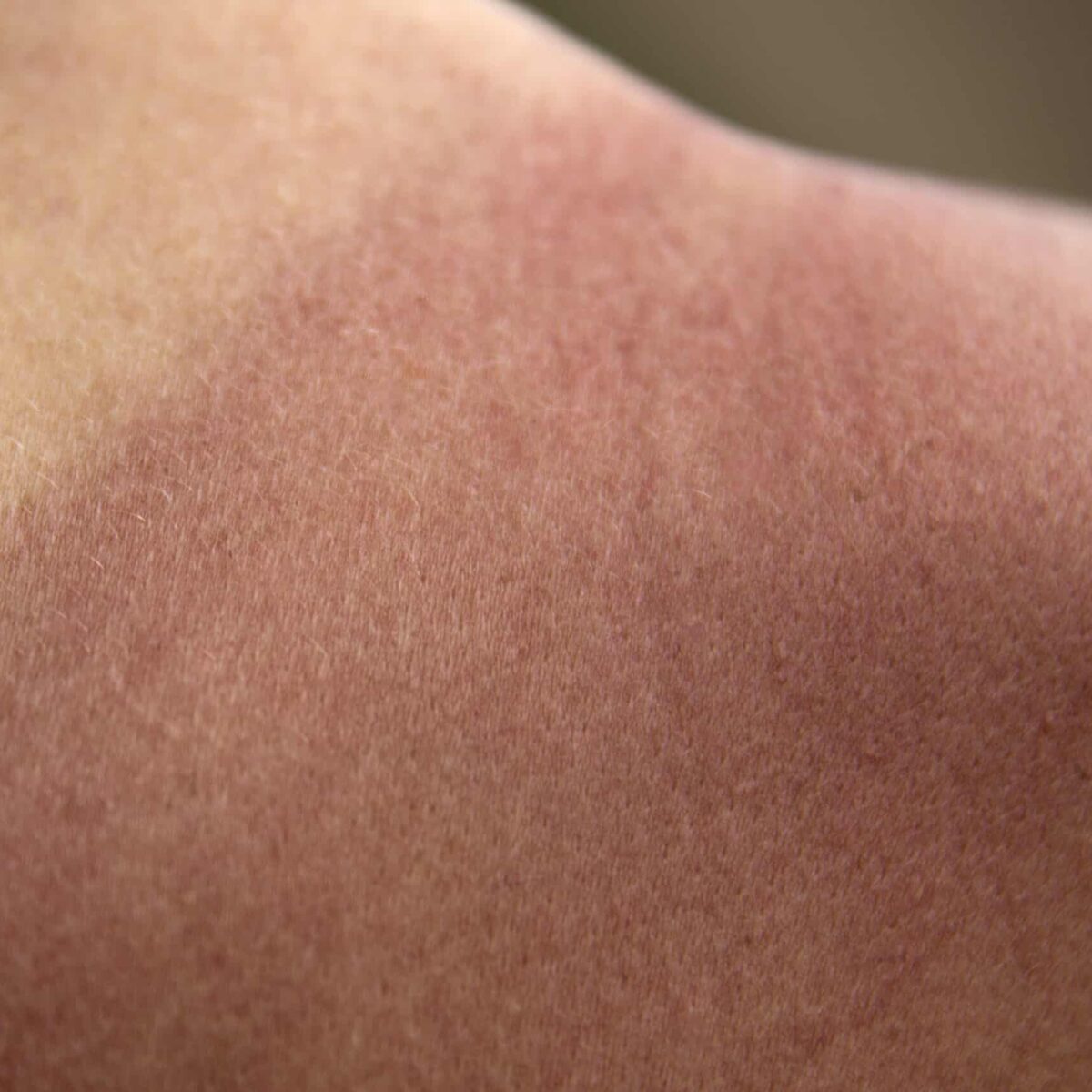
How To Treat a Sunburn
So you had absolutely amazing day spending hours in the sun but you forgot about the sun’s immense strength and now your skin is on fire. Yup, it sucks but it happens to the best of us. Since it’s such a common experience shared by many we’ve decided to write a blog post about how to treat a sunburn, hoping to help people who are suffering.
What is Sunburn?
First of all, what is a sunburn exactly? Well when your skin has an inflammatory reaction to ultraviolet radiation damage, the skin’s outermost layers become red, swollen and pain can ensue. In extreme cases, blistering and peeling can develop.
Melanin is a pigment that gives your skin its colour and defends against the sun’s strong rays. Depending on the amount of melanin that is coded in your DNA you will either tan or burn, both are considered signs of cellular damage to the skin. For people who have lower levels of melanin and spend an excessive amount of time in the sun, sunburn is often the result.
Sunburn Facts That You Should Know
Susceptibility:
If you have fair skin you have less melanin production and you’re at the greatest risk of developing skin getting burned. It’s important to note that anyone can get burned though.
Skin Cancer Risk:
Often people think because they tan or have darker skin that they are fine from the sun but this isn’t the case. The sun causes damage at the cellular level and that can lead to cancer.
UV Index:
Check the weather, specifically the UV index. If the UV index is high make sure to add protection, if not, unprotected skin will burn faster or more severely. It should be noted that even when the index is low the risk is still present.
Overcast:
Don’t be fooled by the clouds covering the sun, your skin is still getting lathered by the UV rays. Up to 8-% of UV rays can penetrate the clouds
Light pink is okay:
No, actually it’s not. Even if the skin is mildly damaged, it is still damaged.
Risks to watch out for
- Working or playing sports outdoors leaves you more vulnerable to developing sunburns which are correlated with skin cancer
- Repeated sunburns are correlated with the development of melanoma.
- A single blistering sunburn in childhood can double your chances of developing melanoma.
- It’s estimated that 5 or more sunburns more than doubles your risk of developing melanoma
How to Treat A Bad Sunburn
Cold Exposure
Whether it be in a river, a lake, the ocean or a shower, reduce the inflammatory process in your skin by dipping into some cold water. If you’re getting taking a dip in nature, be sure to get in and out, reducing exposure to the sun. Once inside you continue to cool the burn with cold compresses. Using ice inside the compress can be beneficial. However, don’t use ice directly on sunburnt skin. If using a cold shower or bath, don’t stay in it too long and avoid any chemicals that can be found in most soaps and personal care products. Also, it’s best to avoid using any hot water on your skin while it is healing.
Moisturize
While the skin is still damp utilize a natural moisturizing lotion (that uses aloe vera). Avoid using products that have petroleum or oil-based ointments which can worsen the burn. By moisturizing the damp skin, the water will lock in the product ensuring your skin is absorbing as much moisture as possible.
Reduce Inflammation
If you’re experiencing a lot of pain and your skin is very swollen it might be a good idea to take aspirin or ibuprofen. It’s also advised to wear loose and soft clothing to avoid irritating the skin.
Hydration
Severely sunburnt skin draws fluid to the skin’s epidermis (outermost layer) away from the rest of the body, sometimes resulting in dehydration. It’s important to be conscious of this fact and to make sure you replenish your body with electrolytes immediately and while your skin is healing.
Blisters
If you notice your skin is blistering do not make any attempts to pop them. The blisters develop as your body’s way of protecting you from infection. Blisters also indicate a second-degree sunburn. If they burst on their own, wash the area with natural soap, apply antibiotics and cover with a non-stick gauze.
Home Treatments and Skin Soothing Remedies for a Bad Sunburn
- Mild temperature showers are great for keeping your body and skin cool and hydrated.
- Witch hazel is an anti-inflammatory astringent that can be used on a clean cloth and applied to the damaged area.
- Coconut oil can cool down the skin.
- Baking soda or cornstarch paste can be applied to affected areas.
- Oatmeal, honey and milk paste can be very cooling on the skin.
The best way to deal with a sunburn is to aim to prevent it. If you know you’re going to be in the sun all day, apply your sun protection every 60 minutes to be safe. However, part of being human is making mistakes and if you’ve gotten a sunburn we hope there have been some helpful tips on how to treat it. Enjoy your summer and be safe out there!



